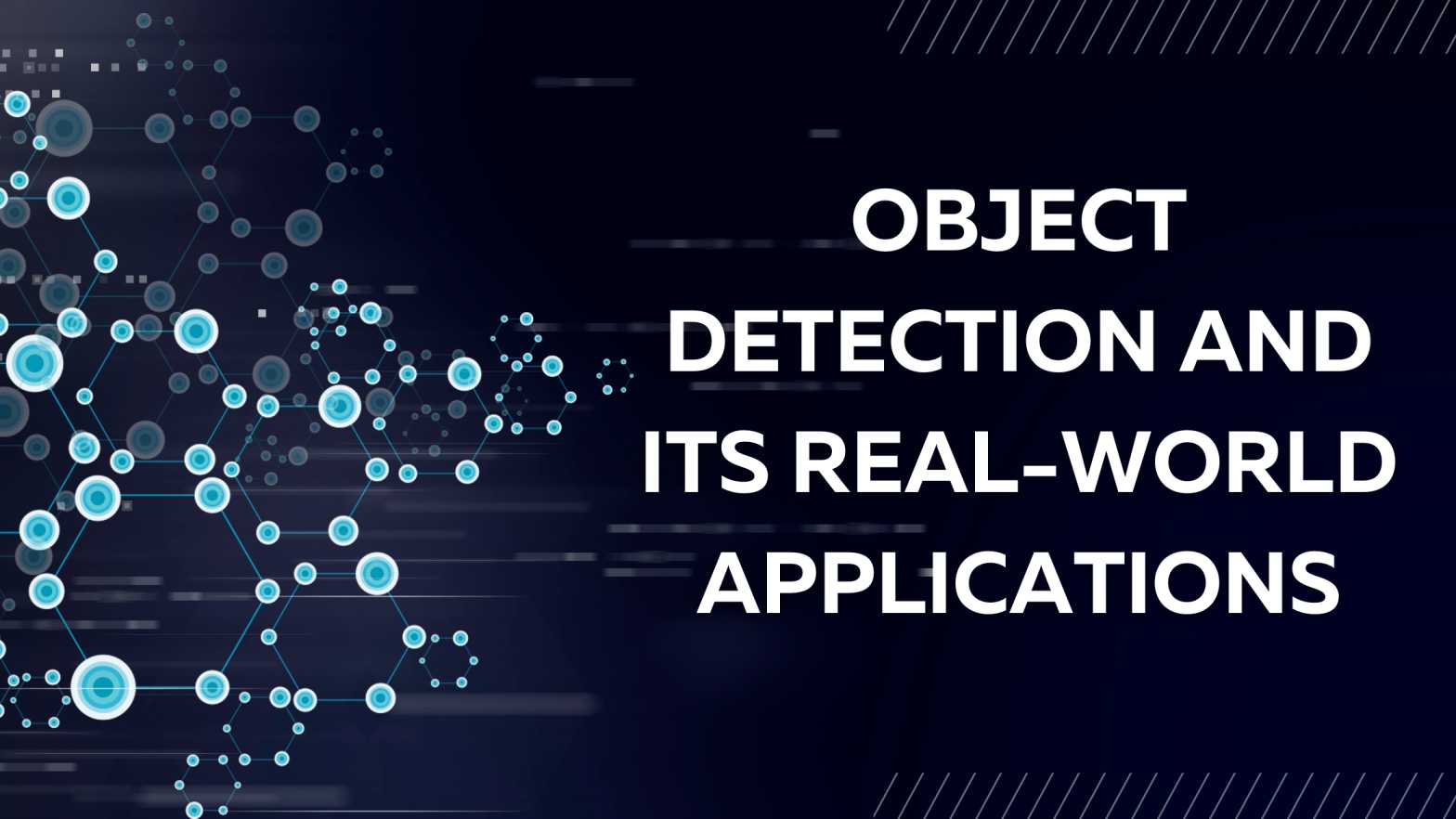Last updated on June 27th, 2024 at 01:48 pm
Object Detection And Its Real-world Applications
Object detection is a vital component of today’s time that incorporates various sensors and computer vision to observe and identify objects accurately. Computer vision technology is known for its flexibility and has expanded much in recent years. It has become essential to incorporate Artificial Intelligence (AI) and Machine Learning for those aspiring a career in data science. Computer vision technology is based on concepts such as CNN (Convoluted Neural Networks) and deep learning.
The real-world applications of object detection in image processing can be seen in many crucial areas of our lives, such as medical imaging, video tracking, movement detection, facial recognition, and object recognition, even in autonomous vehicles.
How Does Object Detection Work?
Object detection is a computer vision technique that aims to locate and identify objects within an image or video. Object detection also allows the detection of objects or targets from a visual feed in real-time. The process involves steps designed to recognise and label the distinct entities in the graphical data.
Benefits of Object Detection
Here are the benefits of object detection and computer vision technology:
- Reliability and Accuracy: Object detection techniques and algorithms have progressed in accurately determining complicated objects and providing accuracy in various fields, including medical imaging or identifying tumours, number-plate recognition, and text detection.
- Budget-friendly: Object detection is affordable and prevents fraud by automating processes and creating technical efficiency. It improves inventory management and contains errors in businesses and manufacturing units.
- Safety and Security: Object detection helps strengthen safety and security by identifying and determining threats and intruders. It is crucial for public safety and vehicles, tracking fraud and intruders, detecting potential threats, and avoiding road accidents.
- Efficiency: Object detection caters to automation and incorporates object recognition and identification. They enhance efficiency by diminishing manual process intervention requirements, including inventory management and quality control.
- Customisation and Recommendation: Object detection accurately detects and understands activities and enables customised experiences based on user preferences.
- Accessibility: Object detection caters to enhancing accessibility and inclusivity. By catching and understanding objects, applications can assist and support individuals with visual impairments, enabling them to navigate their surroundings more independently.
Real-World Applications of Object Detection
Here are some of the real-world applications of object detection:
- Vehicles: Object detection is vital for cars to understand the surrounding environment and aids in determining and identifying pedestrians, traffic signals, zebra crossings, obstacles, and other vehicles. Object detection enables safe navigation in autonomous vehicles and prevents car accidents.
- Surveillance and Security in Airports, Banks, Organisations, etc.: Object detection caters to image and video surveillance systems and enables safety and security in financial institutions, airports and railway systems. It detects suspicious activities of intruders or unauthorised objects and assists in securing public arenas and industries.
- Retail Markets and Manufacturing Units: Object detection in image processing focuses on inventory management and recognises the product with a scanner and barcode reader in retail shops. It helps identify warehouse stock levels, track misplaced items, and determine the product’s original price.
- Automation in Factories and Manufacturing Units: Object detection is used to detect defects, identify product placement, and sort objects. It assists in identifying defective components in industrial units and optimises product consistency.
- Social Media Platforms: Object detection is also utilised in social media platforms to identify sensitive content and aids in determining the violation of community guidelines.
- Wildlife Monitoring and Conservation: Object detection tracks wildlife species and extinct animals. It helps to monitor and establish environmental conservation strategies.
Conclusion
Object detection and computer vision technology have become a daily need and have played a more significant role in the data science industry. Object detection is a fundamental technology for healthcare diagnosis, advanced identification, and robotic interaction.
A career in data science is considered an up-and-coming field that creates successful professions worldwide. To choose a professional career in data science, you need to pursue a data science course. The Postgraduate Program In Data Science And Analytics by Imarticus is a one-stop destination for data science, data presentation, SQL programming, Excel Formulae, and Python Programming.
This data science course provides 300+ learning hours and practical exposure with the help of 25+ real-world projects. The data science training program also focuses on concepts such as computer vision technology with the help of these real-world projects.
Frequently Asked Questions
What kind of data is needed for object detection?
Ensure your dataset includes at least five images, each clearly labelled with the identified object. For instance, if the aim is to train the dataset to recognise cars, assign the “car” label to at least five images.
Which algorithm is used for object detection?
Object detection is commonly achieved through various algorithms, with popular choices including Convolutional Neural Networks (such as R-CNN and Region-Based Convolutional Neural Networks), Fast R-CNN, and YOLO (You Only Look Once). R-CNNs belong to the R-CNN family, while YOLO is associated with the single-shot detector family.
Why consider a career in data science?
Harnessing the power of data science can enhance our daily lives, redefine how we work, and enable individuals to make informed decisions, solve challenges, unearth innovations, and tackle some of the most critical global issues. A career in data science positions you to contribute actively to this transformative journey.

